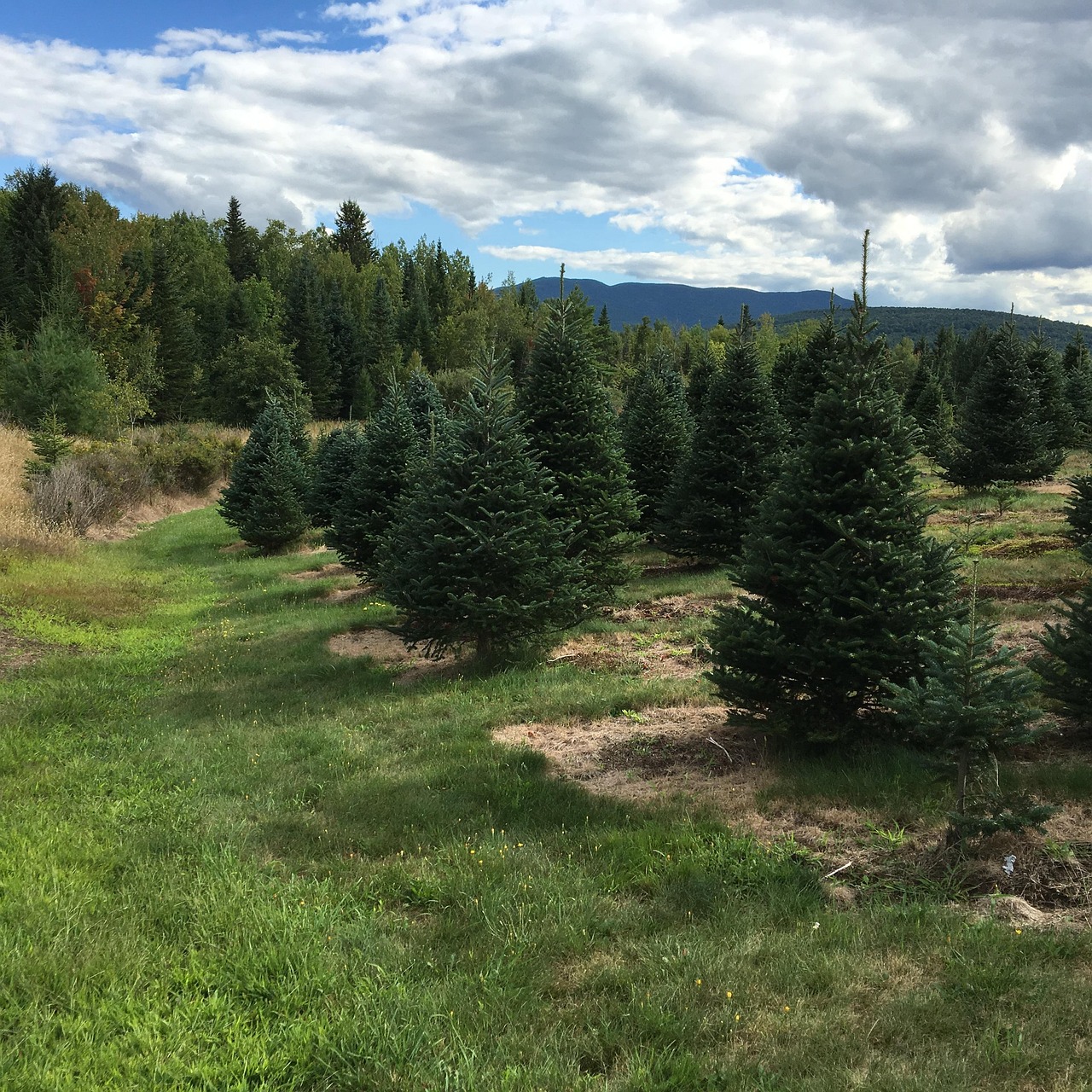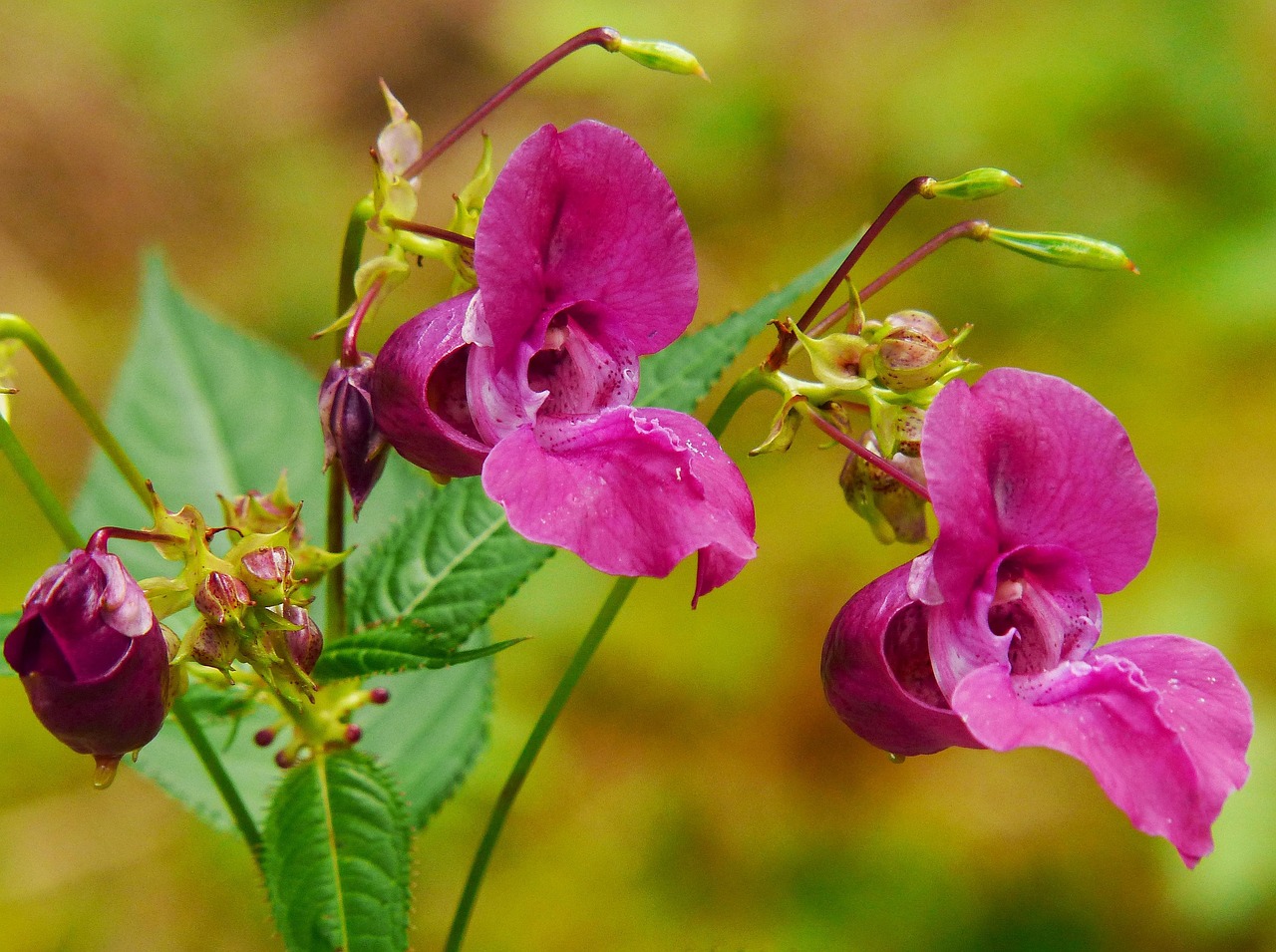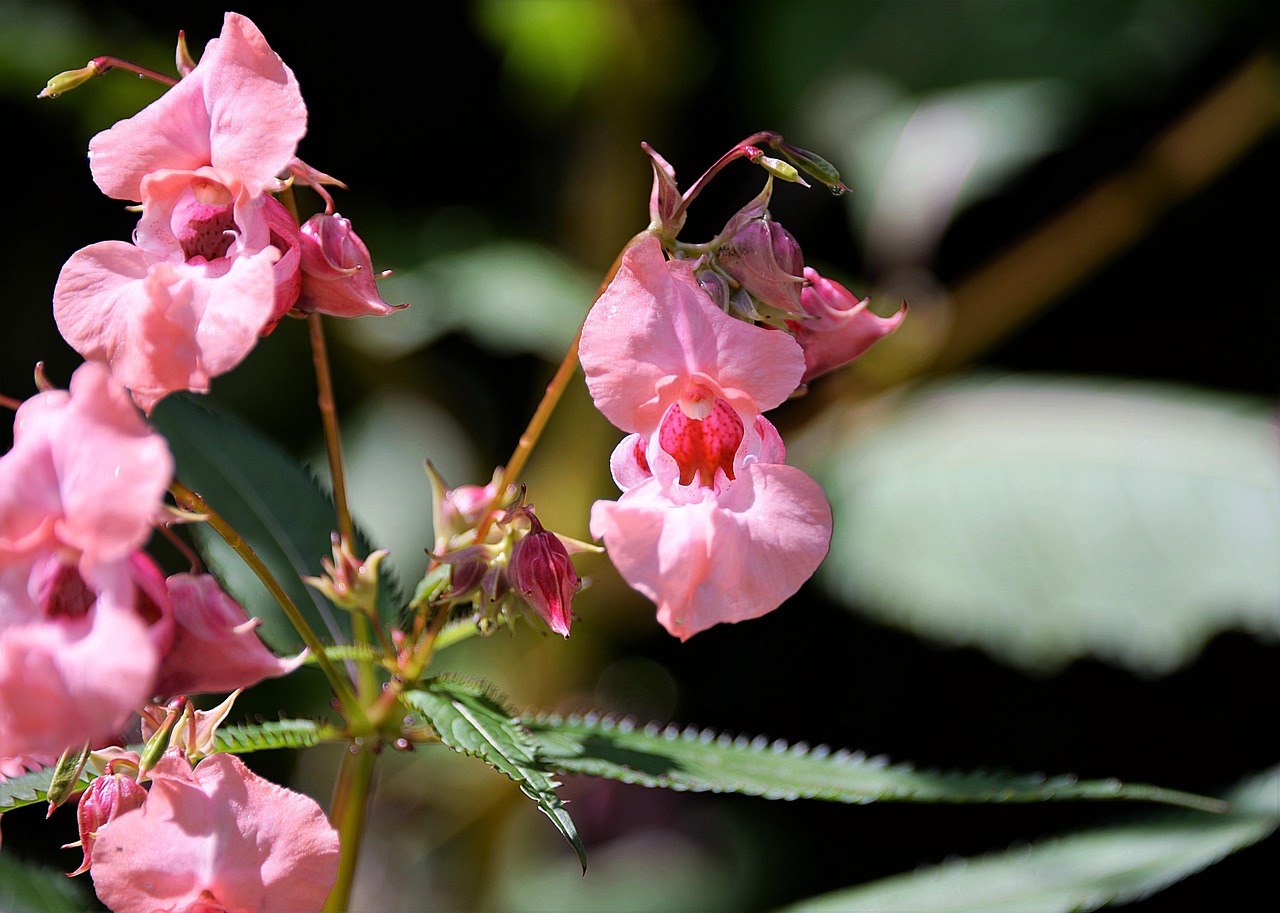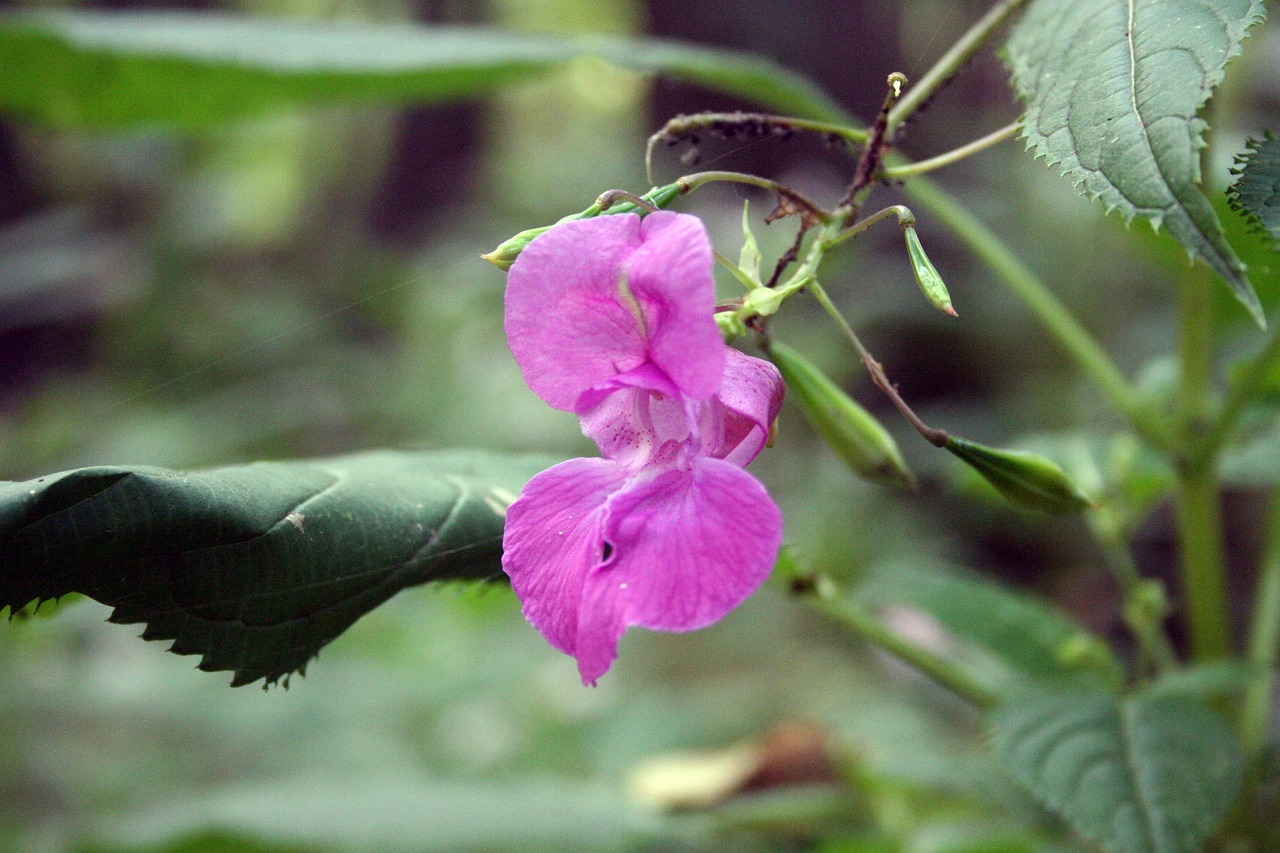Balsam Fir is considered to be somewhat shade-tolerant. While it can grow in partially shaded areas, it thrives best in open, well-lit environments. This adaptability allows it to coexist with other species in various forest types.
Understanding Balsam Fir
Balsam Fir (Abies balsamea) is a coniferous tree native to North America. It is commonly found in the northeastern United States and eastern Canada. This tree species is known for its distinctive aroma, attractive foliage, and importance in both ecology and economy. Balsam Fir trees are often used as Christmas trees due to their pleasing shape and fragrance.

These trees typically grow to heights of 40 to 60 feet, with a trunk diameter of 1 to 2 feet. They have a pyramidal shape with flat, needle-like leaves that are dark green on top and silvery underneath. The cones of Balsam Fir are cylindrical and can grow up to 4 inches long, turning a beautiful brown as they mature.
Habitat and Growth Conditions
Balsam Fir grows in a variety of forest types, often found in cooler, moist environments. It prefers well-drained soils with a high organic matter content. These trees thrive at elevations between 1,500 and 3,000 feet, particularly in mountainous regions where they can benefit from the cooler climate.
The growth conditions for Balsam Fir can be summarized as follows:

- Soil Type: Prefers well-drained, acidic soils rich in organic material.
- Moisture: Requires consistent moisture but does not tolerate waterlogged conditions.
- Light Requirements: Can grow in partial shade but prefers full sun for optimal health.
- Temperature: Thrives in cooler temperatures typical of northern climates.
Shade Tolerance Explained
Shade tolerance refers to a plant’s ability to grow and thrive in low-light conditions. Trees that are highly shade-tolerant can germinate and grow under the canopy of other trees. Balsam Fir falls into the category of intermediate shade tolerance. This means it can survive in partial shade but will not reach its full potential without adequate light exposure.
Several factors influence the shade tolerance of a species, including genetics and environmental conditions. For Balsam Fir, its ability to tolerate some shade allows it to establish itself in mixed forests where competition for light is high. However, if consistently deprived of sufficient sunlight, growth may slow, and the tree’s health could decline.
Comparison with Other Tree Species
To better understand where Balsam Fir stands regarding shade tolerance, it can be helpful to compare it with other common tree species. The following table highlights the shade tolerance of Balsam Fir alongside several other coniferous trees:

| Tree Species | Shade Tolerance Level |
|---|---|
| Balsam Fir | Intermediate |
| White Pine | Moderate |
| Eastern Hemlock | High |
| Red Spruce | Intermediate |
| Black Spruce | Low |
This table illustrates that while Balsam Fir has some shade tolerance, it is not as shade-tolerant as Eastern Hemlock. Comparing these traits helps in understanding the ecological dynamics within forest communities where Balsam Fir is present.
In summary, Balsam Fir’s intermediate shade tolerance allows it to adapt to various forest environments. However, for optimal growth and health, these trees require access to sufficient light and appropriate soil conditions. Understanding these characteristics is crucial for forest management practices and conservation efforts.
Factors Influencing Shade Tolerance
To further understand Balsam Fir’s shade tolerance, it is essential to explore the factors that influence this characteristic. Several environmental and biological factors play a role in determining how well a tree can thrive in shaded areas.
Light Availability
Light is a critical factor for photosynthesis, which is how trees produce energy. The availability of light directly affects a tree’s growth rate and health. In shaded conditions, Balsam Fir can still perform photosynthesis, but at a reduced rate. The following points highlight how light impacts Balsam Fir:

- Balsam Fir requires a minimum amount of sunlight for optimal growth.
- In dense forests, competition for light can hinder growth.
- Young Balsam Fir trees may survive in shade but will grow slowly until they receive more sunlight.
Soil Nutrients
The nutrient composition of soil also affects shade tolerance. Balsam Fir prefers nutrient-rich soils, which can support its growth even in partial shade. Key nutrients include:
- Nitrogen: Vital for leaf growth and overall tree health.
- Phosphorus: Important for root development and energy transfer.
- Potassium: Helps with water regulation and disease resistance.
When soil nutrients are limited, Balsam Fir may struggle to compete with other species, particularly under shaded conditions.
Moisture Levels
The moisture level in the soil is another critical factor influencing Balsam Fir’s shade tolerance. These trees prefer consistently moist conditions but do not thrive in overly wet or waterlogged soils. The balance of moisture can significantly impact growth:
- Balsam Fir can establish itself in slightly drier areas if sufficient moisture is available.
- In shaded areas with high moisture, competition from other species may become more intense.
- Dry spells can stress Balsam Fir, making it less competitive in shaded conditions.
Growth Stages and Shade Tolerance
Balsam Fir exhibits different levels of shade tolerance at various growth stages. Understanding these stages is essential for forest management and conservation strategies.
Seedling Stage
During the seedling stage, Balsam Fir can tolerate low light levels better than older trees. However, while seedlings can survive in shade, their growth will be limited. Key characteristics include:
- Seedlings can germinate in shaded environments where light levels are low.
- They require some sunlight to develop strength and vigor.
- Rapid growth occurs when seedlings are eventually exposed to more sunlight.
Juvenile Stage
As Balsam Fir matures into the juvenile stage, its ability to compete for light increases. Characteristics include:
- Juvenile trees are better at utilizing available light than seedlings.
- They begin to develop a more robust root system, enhancing nutrient uptake.
- However, prolonged shade can still slow growth and affect overall health.
Mature Stage
In the mature stage, Balsam Fir trees require more sunlight to sustain their size and health. At this stage:
- Mature trees may become stressed if consistently shaded by larger canopy trees.
- Reduced light can lead to weak wood and increased susceptibility to pests and diseases.
- For optimal health, mature Balsam Fir should be planted or maintained in areas with ample sunlight.
Ecological Role of Balsam Fir in Shaded Forests
Balsam Fir plays a crucial ecological role within shaded forests. Its presence contributes to biodiversity and forest structure. Here are some aspects of its ecological importance:
Biodiversity Support
Balsam Fir provides habitat and food for various wildlife species. This includes:
- Squirrels: They feed on the seeds and cones of the tree.
- Birds: Many bird species nest in Balsam Fir trees, benefiting from the shelter they provide.
- Insects: Numerous insects rely on Balsam Fir for food and habitat.
Forest Structure
The structure of a forest can be influenced by the presence of Balsam Fir. This tree species contributes to the layering of vegetation within forests:
- Balsam Fir adds vertical diversity to forest layers, which supports various plant and animal species.
- The needles create a unique microclimate on the forest floor, affecting understory plant growth.
Understanding these dynamics is essential for managing forests where Balsam Fir is prevalent, ensuring both its survival and the health of the ecosystem as a whole.
Management and Conservation of Balsam Fir
Effective management and conservation practices are crucial to maintaining healthy populations of Balsam Fir. These practices consider the tree’s shade tolerance, growth habits, and ecological roles. Here are important aspects to consider when managing Balsam Fir forests.
Forest Thinning
One effective method for enhancing the growth of Balsam Fir is through forest thinning. This process involves selectively removing some trees to reduce competition for light, water, and nutrients. The following benefits highlight why forest thinning is important for Balsam Fir:
- Increased Light Exposure: Thinning allows more sunlight to reach the lower branches of Balsam Fir, promoting healthier growth.
- Reduced Competition: By removing competing species, Balsam Fir can access more resources.
- Improved Air Circulation: Enhanced airflow can reduce the risk of disease.
Control of Invasive Species
Invasive species can pose a significant threat to Balsam Fir ecosystems. These non-native plants and animals often outcompete native species for resources. Management strategies should include:
- Identification: Regularly monitor forests for invasive species.
- Control Measures: Implement physical removal, herbicides, or other methods to manage invasive populations.
- Restoration Efforts: Replant native species after removal to restore balance in the ecosystem.
Pest and Disease Management
Balsam Fir is susceptible to a variety of pests and diseases, which can impact its health and longevity. Effective management strategies include:
Monitoring
Regular inspections can help identify early signs of pest infestations or disease. Key pests affecting Balsam Fir include:
- Balsam Woolly Adelgid: A small insect that can damage and kill trees.
- Spruce Budworm: A caterpillar that feeds on new foliage, leading to defoliation.
Preventive Measures
Implementing strategies to prevent pest infestations is essential. These may include:
- Healthy Planting Practices: Use disease-resistant stock when planting new trees.
- Proper Spacing: Ensure adequate spacing between trees to reduce humidity and improve airflow, making conditions less favorable for pests.
Treatment Options
If pests or diseases are detected, various treatment options are available, such as:
- Pesticides: Chemical treatments may be necessary in severe infestations but should be used judiciously.
- Biological Control: Introduce natural predators of pests where appropriate.
Role of Balsam Fir in Climate Change Mitigation
Balsam Fir plays an important role in mitigating climate change effects due to its ability to sequester carbon. Trees absorb carbon dioxide from the atmosphere during photosynthesis, helping to reduce greenhouse gases. Key points regarding this role include:
Carbon Sequestration
Balsam Fir effectively captures and stores carbon in its biomass. This process not only benefits the environment but also contributes to the overall health of forest ecosystems. Factors influencing its carbon sequestration capabilities include:
- Growth Rate: Faster-growing trees sequester carbon more efficiently.
- Forest Density: Denser forests can store more carbon overall.
Habitat for Carbon-Storing Species
Balsam Fir forests provide habitat for various species that also contribute to carbon storage. This biodiversity enhances the resilience of ecosystems against climate change impacts. Important species that benefit from Balsam Fir habitats include:
- Mosses and Lichens: These organisms thrive in moist environments under Balsam Fir, contributing to carbon storage.
- Understory Plants: Diverse plant life in the understory also helps capture carbon and supports overall forest health.
Cultural Significance of Balsam Fir
Balsam Fir holds cultural importance for many communities, particularly Indigenous peoples in North America. Its uses range from traditional practices to contemporary applications. Some cultural aspects include:
Traditional Uses
Balsam Fir has been utilized by Indigenous peoples for centuries. Key traditional uses include:
- Mediinal Uses: Various parts of the tree have been used in traditional medicine.
- Cultural Crafts: The tree’s bark and needles are often used in crafting items such as baskets and ceremonial objects.
Modern Applications
Today, Balsam Fir continues to be valued for various reasons, including:
- Christmas Trees: Its shape and fragrance make it a popular choice during the holiday season.
- Lumber Production: The wood is used in construction and woodworking due to its durability and aesthetic appeal.
The multifaceted significance of Balsam Fir highlights its importance not only ecologically but also culturally, emphasizing the need for effective management and conservation practices.
Economic Importance of Balsam Fir
In addition to its ecological and cultural significance, Balsam Fir also holds substantial economic value. The tree’s various uses contribute to local economies, particularly in regions where it is abundant.
Forestry Industry
The forestry sector benefits significantly from Balsam Fir. Its wood is highly valued for several reasons:
- Construction Materials: Balsam Fir timber is used in framing, plywood, and other building materials due to its strength and lightweight properties.
- Furniture Production: The wood’s attractive grain and finish make it suitable for crafting furniture.
- Paper Products: Balsam Fir can be processed into paper products, contributing to the pulp industry.
Tourism and Recreation
Balsam Fir forests attract tourists and outdoor enthusiasts, contributing to local economies through recreational activities such as hiking, birdwatching, and camping. Scenic forest landscapes provide opportunities for:
- Ecotourism: Visitors are drawn to observe the unique ecosystems supported by Balsam Fir.
- Seasonal Activities: During the winter months, the tree is popular for Christmas tree farms, providing a source of revenue for local growers.
Challenges Facing Balsam Fir
Despite its numerous benefits, Balsam Fir faces several challenges that threaten its populations and habitats. Addressing these challenges is essential for the sustainability of this valuable species.
Climate Change
Climate change poses a significant threat to Balsam Fir forests. Changes in temperature and precipitation patterns can disrupt their growth and survival. Key impacts include:
- Altered Growth Patterns: Warmer temperatures may affect seed germination and growth rates.
- Pest Outbreaks: Increased temperatures can lead to more frequent pest infestations, further stressing trees.
Habitat Loss
Urbanization and land development contribute to habitat loss for Balsam Fir. Deforestation for agriculture or residential development diminishes available habitat. This leads to:
- Fragmentation: Smaller forest patches hinder genetic diversity and limit wildlife movement.
- Reduced Populations: Habitat loss can result in declining Balsam Fir populations, impacting overall forest health.
Future Perspectives on Balsam Fir Management
The future of Balsam Fir management relies on adaptive strategies that consider ecological dynamics, climate change, and socio-economic factors. Important considerations for sustainable management include:
Conservation Strategies
Implementing conservation strategies will be vital for preserving Balsam Fir populations. Strategies may include:
- Protected Areas: Establishing protected zones can help safeguard critical habitats.
- Sustainable Forestry Practices: Encouraging responsible logging practices ensures that forest ecosystems remain intact.
Research and Monitoring
Ongoing research will be crucial for understanding the impacts of climate change on Balsam Fir. Regular monitoring of forest health can help inform management decisions. Key areas of focus include:
- Pest Management Research: Investigating effective ways to control pests that threaten Balsam Fir health.
- Climate Adaptation Studies: Exploring how Balsam Fir can adapt to changing environmental conditions.
Conclusion
Balsam Fir is a tree species with significant ecological, cultural, and economic importance. Its intermediate shade tolerance allows it to thrive in various environments, but it requires specific conditions for optimal growth. Understanding its role within forest ecosystems highlights the importance of managing forests sustainably to protect this valuable tree.
The challenges posed by climate change and habitat loss necessitate proactive measures to conserve Balsam Fir populations. By implementing effective management practices, promoting biodiversity, and engaging in ongoing research, we can ensure that Balsam Fir continues to play a vital role in our forests for generations to come.
The multifaceted significance of Balsam Fir underscores the need for continued efforts in conservation and sustainable forestry practices. By valuing this species holistically, we can appreciate not only its contributions to the environment but also its cultural heritage and economic benefits.
